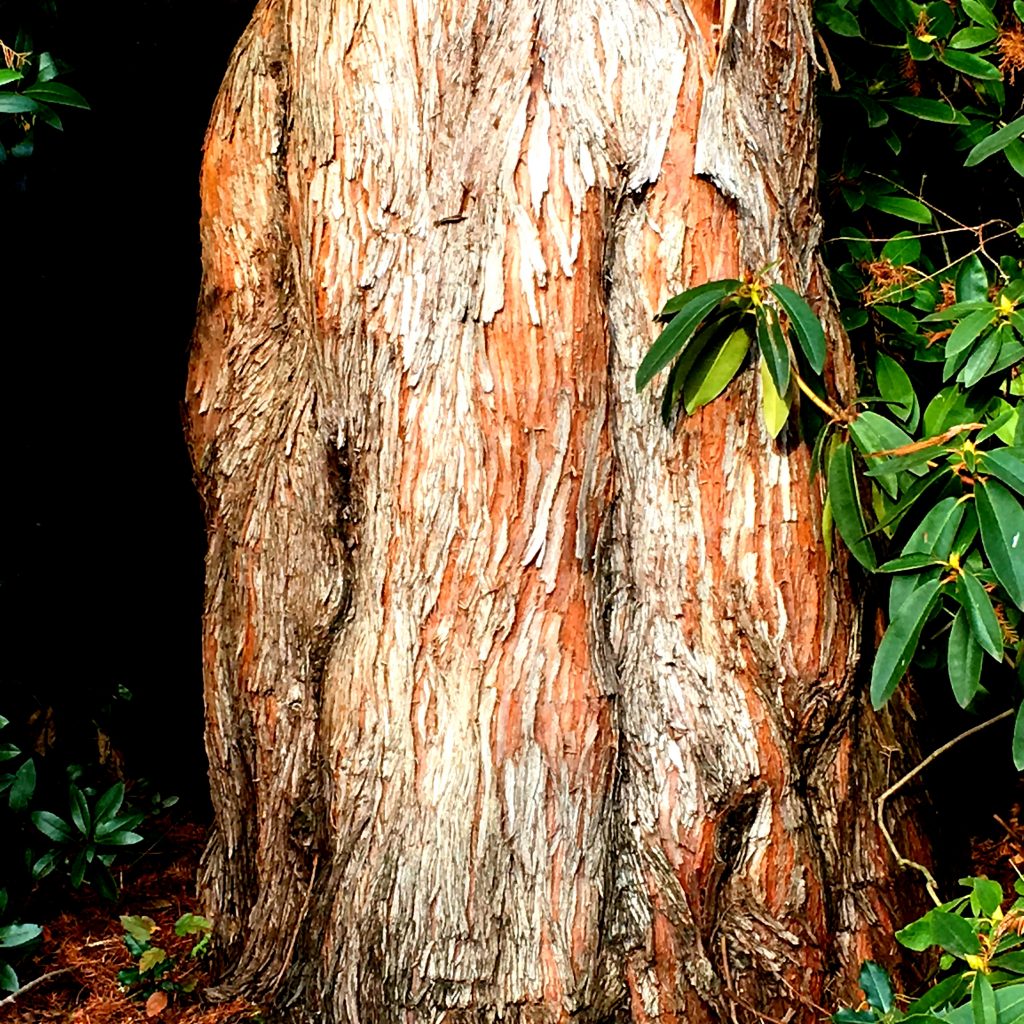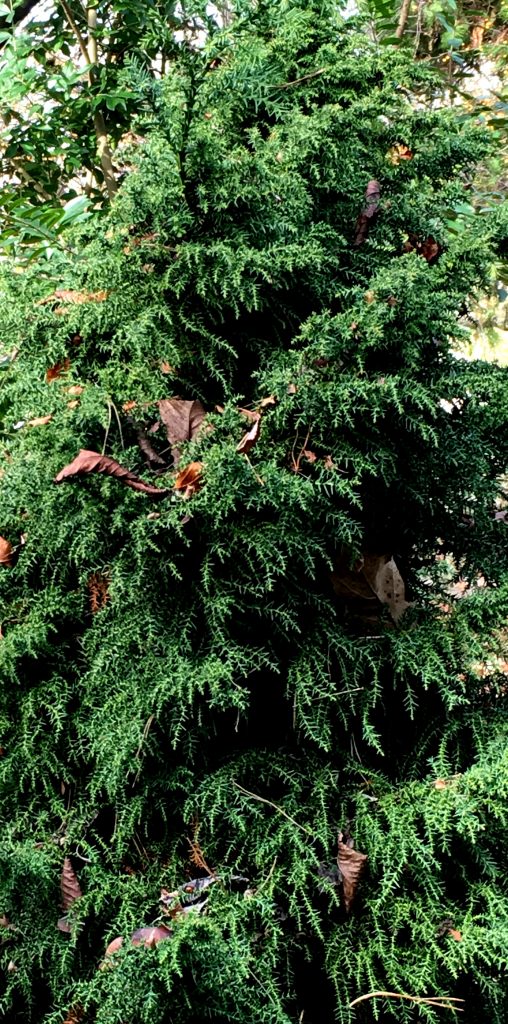
It’s a quarter past Thanksgiving in the great PNW and outside in the garden it’s (as Tigger would say) miserabibble. Cold, damp and squishy underfoot, in planting beds the surface is too wet to walk upon without causing compaction and compromising five years of soil rehabilitation efforts. So it’s straw mulch and repose for the soil, and while we’re at it, for the steward of this little patch (the repose, not the straw).

Autumn festivals celebrate successful harvests, reminding us that for something to be a blessing, time must be taken to fully appreciate it. I admit that there are many times throughout the active growing season when I feel so beset with a lengthy task list I don’t make time to smell the roses. Hardly the friendship I want to have with my little green corner of the commons.
Yes, friendship. What else to call such an intimate connection with another living being in which there is communication and response, giving and taking, attachment and dependency? It’s a deep, and silent kind of sacredness worthy of tranquil contemplation.

At first glance it might not seem that there is so much to see in this season of broken stems, rotting leaves, scrappy bare stems and reduced palettes. Informed by the realization that dormancy is essential to the life cycle, a different aesthetic knowingness emerges in the winter garden. This season calls to mind the darker, more melancholy facets of our experience as humans. And, as with our other friendships, sharing repose or sorrow with a friend deepens the connection.
To see a world in a grain of sand
and heaven in a wild flower
Hold infinity in the palm of your hand
and eternity in an hour.
William Blake

Bright showoffs that jazzed up the garden for months are gone now, away sleeping off the carnival. The very air has changed, seeming at once tighter and more empty. Old Sol wanders in late for work, peering about with bleary disinterest. Sunbeams cut lower angles that create dramatic shadow. In this lighting the bones of the garden are on display, drawing attention to texture and raw form.


Bare branches vaunt the fat promise of next year’s leaves. Beneath the surface, gophers keep busy, pushing up small hills of clay transformed into friable crumbles ready to be built into next season’s garden soil
Gophers gonna goph.
I say, let them.
Nothing better for the soil,
and that, after all, is the heart of the matter
~BL


Hardscapes emerge, subtly changed, stone and concrete damp and mossy, the birdbath closed-for-season. Supporting actors step into leading roles for an empty theater: hardy shrubs like Euonymus show off bold, contrasty lines. Evergreen Winter Bloomers go on stage: Hellebore, Mahonia, Cyclamen, Dwarf Iris, Winter Heath, Witch Hazel Ornamental Heather, Winter Aconite, Scilla, Camellia, Fragrant Daphne, Winter Hazel and Winter Honeysuckle.



Interesting evergreen foliage textures are the hallmark of the season: Yew, Spruce, Pine and Fir.

Some star performers in the handsome bark category include: Physocarpus, Hydrangea, Paperbark Maple, Red Twig Dogwood Coral Bark Japanese Maple and Paper Bark Birch.







The bird species list has shortened. Summer’s begging fledglings and trumpeting papas have gone, replaced by mixed flocks of sparrows, two-tone horns on overhead goose highways, chipper chickadees, dour robins, and ravens shouting back and forth across curtains of morning fog. Over the back meadow kestrels hunt and call in defiance of all but the foulest weather.


Dirty flowerpots, the cluttered shed, the tools that haven’t touched a whetstone in months will all have to wait a bit longer. My hollydays will be spent in (as Elmer Fudd would say) west and wewaxation.
The garden is a living, pulsing, singing, scratching, warring, erotic, and generally rowdy thing. I may find peace in its midst, but I regard it as a whole with many parts, a plural organism.
Diane Ackerman
Weeds are flowers too, once you get to know them.
A. A. Milne



